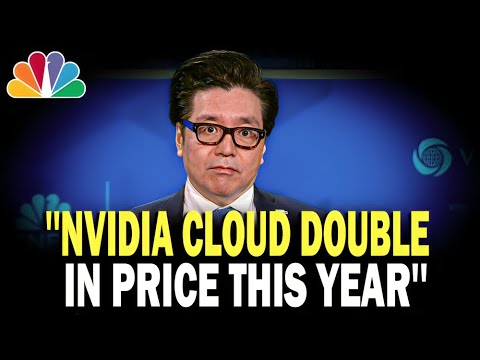The speaker highlights that recent stability in Nvidia’s stock and market signals suggest easing trade tensions and a potential shift towards negotiated agreements, especially focusing on AI and intellectual property. He emphasizes that long-term technological advancements and demographic shifts are reshaping global investment strategies, with a cautious outlook on the likelihood of a full-scale trade war.
The speaker discusses the complex geopolitical and economic dynamics surrounding China, tariffs, and trade relations. He suggests that China is likely a key focus in ongoing tariff negotiations due to its subsidies and monopolistic control over rare earth minerals, yet it remains relatively unmentioned publicly. The speaker speculates that recent progress in negotiations might be why China isn’t being heavily criticized, implying that both sides could be moving toward some form of agreement. He also notes that Nvidia’s stock performance serves as an indicator of the trade environment, with its stability suggesting that fears of a full-blown trade war and recession may be easing.
The conversation then shifts to the implications of trade tensions on the stock market, particularly Nvidia. The speaker believes that if a global trade war were intensifying, Nvidia’s valuation would likely be declining due to uncertainty about earnings. However, its current stabilization indicates a more optimistic outlook. He emphasizes that in the long term, advancements in AI and robotics could reshape manufacturing and onshoring strategies, making automation a more viable alternative to relying solely on demographic advantages like cheap labor, especially as China leads in robot technology.
Next, the discussion explores global regional performance and diversification strategies. The speaker highlights how different regions have outperformed at various times, driven largely by demographic trends. For example, China, Hong Kong, and Taiwan benefited from surplus prime-age workers, but demographic shifts have since led to underperformance. Currently, India and Africa are seen as regions with demographic tailwinds supporting growth. He underscores that much of the historical outperformance of certain regions was tied to population dynamics, which are now being replaced by technological advancements like automation.
The speaker also critiques the notion of investing based solely on regional cheapness, pointing out that many international indices are heavily concentrated in a few dominant companies, making them essentially stock bets rather than broad economic plays. He emphasizes that the majority of the world’s top-performing companies are based in the US, and that diversification should focus on individual high-quality firms rather than entire regions. Additionally, he views tariffs as a form of economic restructuring, but notes that meaningful change requires legislative action from Congress, making sudden or permanent shifts unlikely.
Finally, the speaker considers what a realistic trade deal might look like amid ongoing tensions. He explains the complexity of tariffs, noting that actual rates are difficult to calculate and that negotiating thousands of line items is impractical. Instead, he suggests that future agreements will likely focus on broad concepts, such as intellectual property and AI, especially with China. The overall tone indicates cautious optimism, with markets signaling that current tensions may be easing and that a negotiated settlement, rather than a full-blown trade war, is the most probable outcome.
